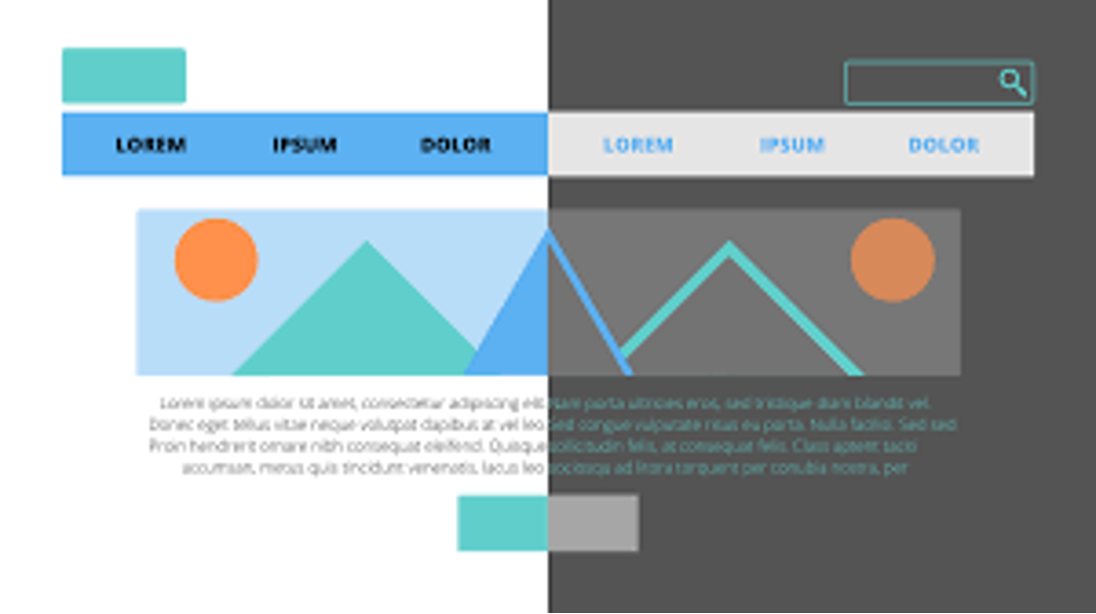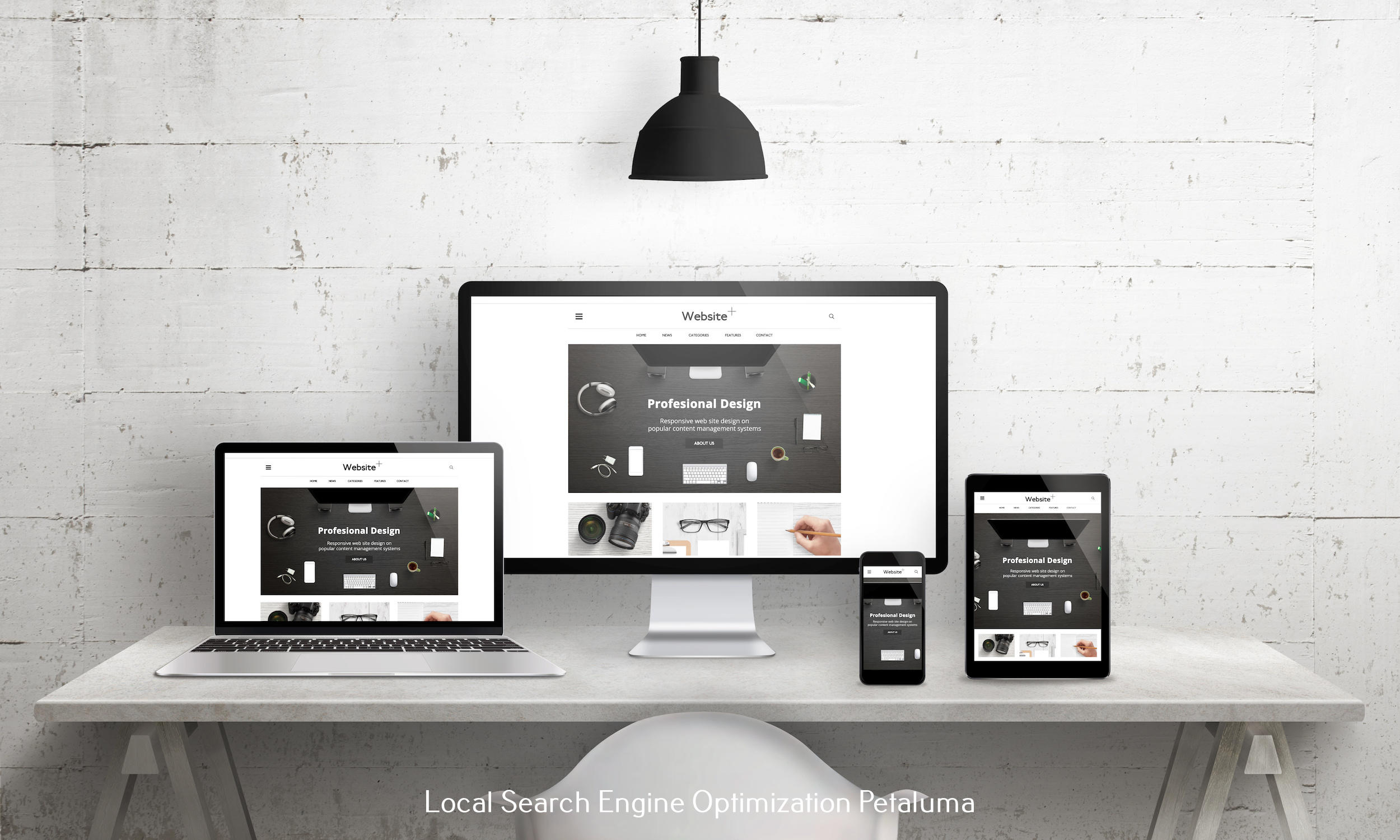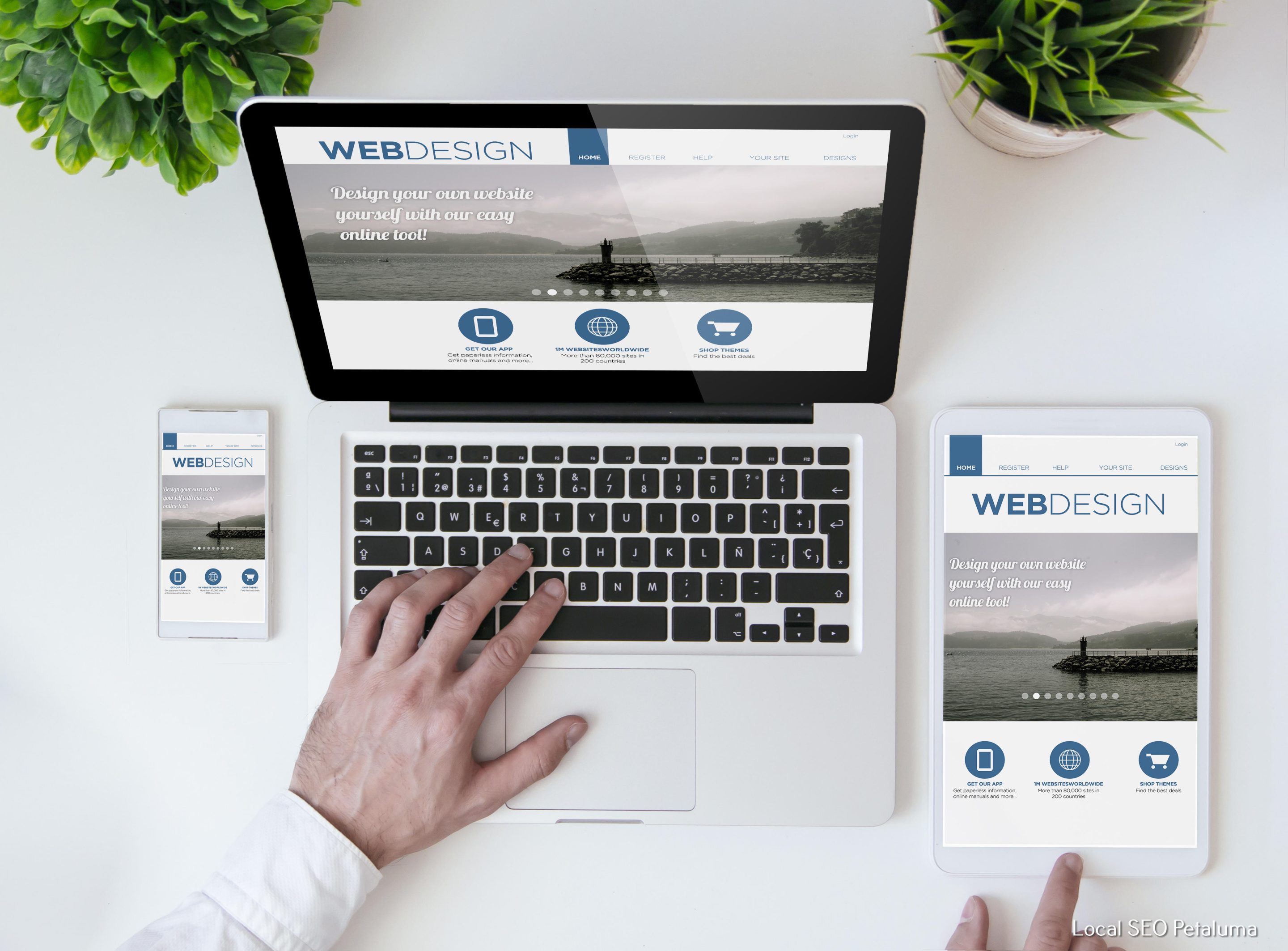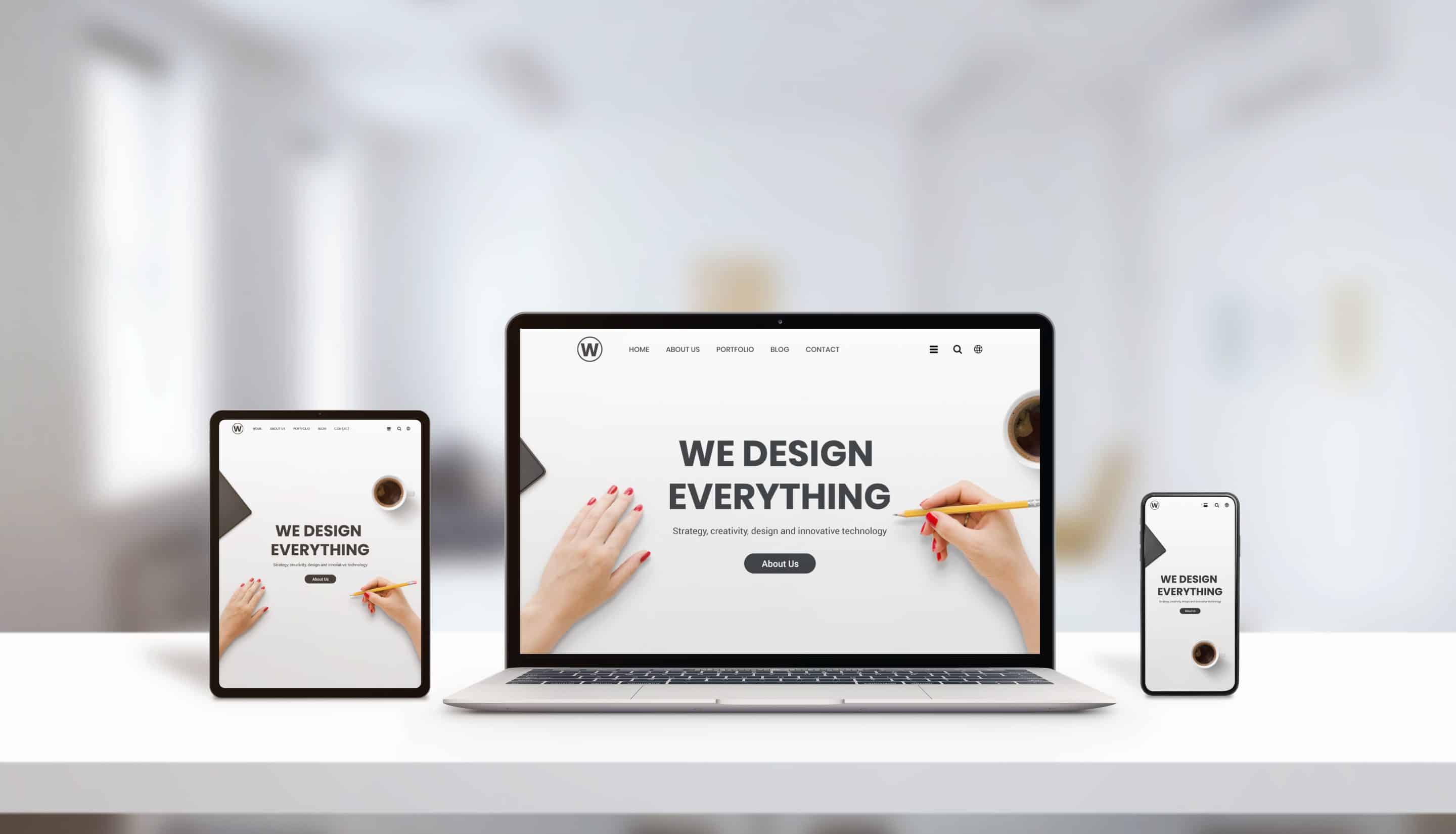As a business owner, you know the importance of having a strong online presence. Your website serves as your virtual storefront, and it's often the first point of contact for potential customers. But how can you ensure that your website is making the best impression? One crucial factor is responsiveness.
In simple terms, a responsive website adjusts its layout and design to fit different screen sizes and devices. This means that whether someone is viewing your site on a laptop, tablet, or phone, it will look great and be easy to navigate. In today's digital age where people use various devices to access the internet, having a responsive website is no longer an option – it's a necessity.
So how can you test and optimize your website's responsiveness? Let's dive into some practical tips.
Test on Different Devices
The first step in ensuring your website is responsive is to test it on different devices. Don't just rely on your own computer or phone – borrow devices from friends or family members if needed. You want to make sure that your site looks good and functions well across various screen sizes and operating systems.
Some elements to pay attention to during testing include font size, image placement, and menu navigation. Is everything legible and easy to read? Are images properly aligned? Can you easily access all parts of the site without having to zoom in or out? These are all important factors in creating a positive user experience.
Utilize Responsive Design Tools
There are many design tools available that can help you create a responsive website without having extensive coding knowledge. For example, Bootstrap offers pre-made templates that are designed specifically for responsiveness. Simply choose a template that fits your brand aesthetic and customize it with your content.
Another popular tool is Adobe XD which allows you to design multiple layouts for different device sizes within one project. This makes it easier for you to see how each layout will look before publishing them live on your site.
Optimize Images for Different Screen Sizes
Images play a significant role in the overall design of your website. However, they can also slow down your site if they are not properly optimized. This is especially true for mobile devices, where data and loading speeds are more limited.
To ensure that your images don't negatively impact your site's responsiveness, make sure to compress them before uploading. There are various online tools available that can help you do this without sacrificing image quality. Additionally, consider using different sized images for different devices to further optimize loading times.
Don't Forget About Text Size and Spacing
In addition to images, text size and spacing can also affect how responsive your website is. If the font size is too small or the spacing between lines of text is too tight, it can make it difficult for users to read on smaller screens.
When designing your website, keep in mind that the optimal font size for mobile devices is around 16px. You should also pay attention to line spacing – aim for at least 1.4x the font size to ensure readability.
Monitor Your Site's Loading Speed
A responsive website isn't just about how it looks on different devices – it's also about how fast it loads. A slow-loading site can lead to high bounce rates and lost potential customers.
There are many factors that can affect loading speed, including large file sizes, server response time, and code optimization. Use tools like Google PageSpeed Insights or Pingdom Speed Test to identify any issues with your site's loading speed and take steps to improve it.
Regularly Test and Make Adjustments
Testing once isn't enough – as technology continues to evolve, so should your website's responsiveness. It's important to regularly test on new devices and make any necessary adjustments as needed. For example, when Apple releases a new iPhone or iPad model with a different screen size or resolution, you'll want to make sure your site still looks great on those devices.
Conclusion
Having a responsive website is crucial for your online success. By regularly testing and optimizing your site's responsiveness, you can ensure that it provides a positive user experience and effectively represents your brand. Remember to test on different devices, utilize design tools, optimize images and text, monitor loading speed, and make adjustments as needed. With these steps in place, you can confidently showcase your business to potential customers in the North Bay and Sonoma County areas.





































0 Comments